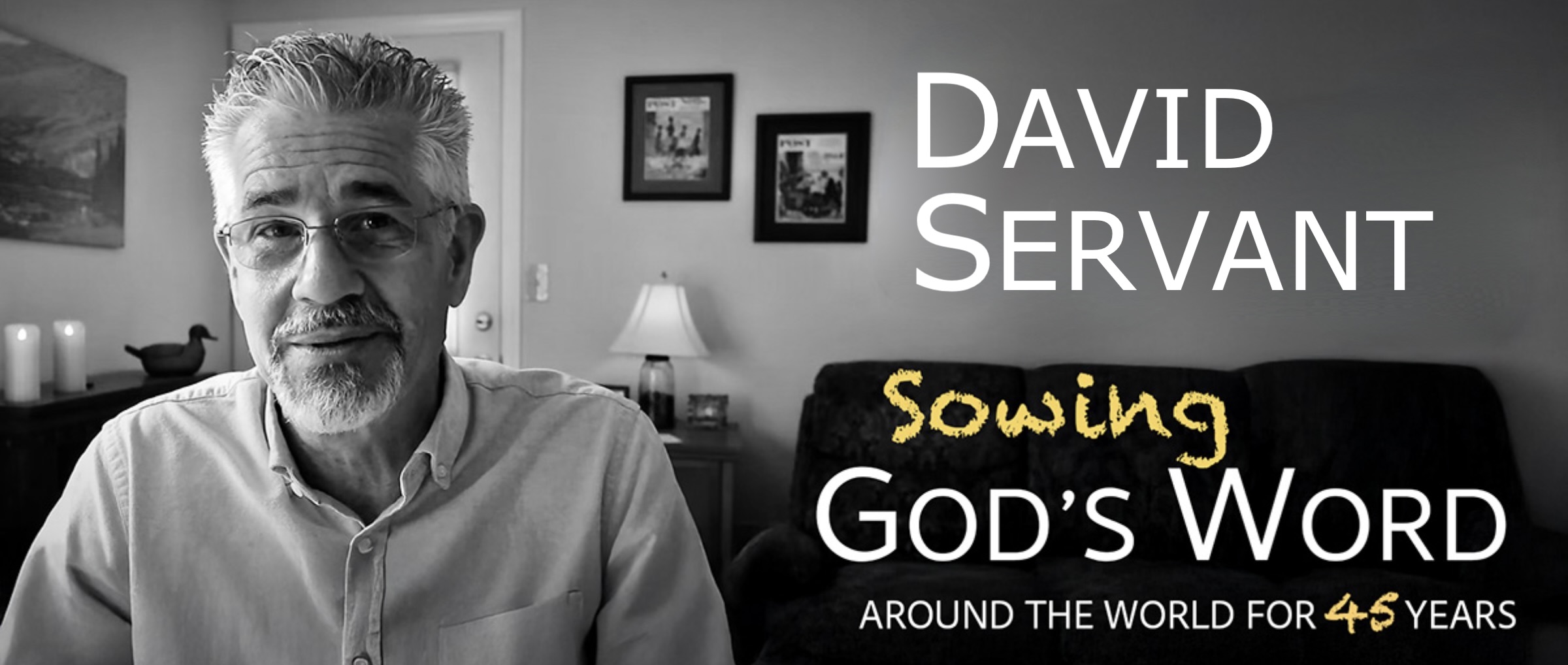
 The Greek word translated “inn” in 2:7 is the word kataluma, which really doesn’t describe an inn or hotel as we know it. It refers to a temporary shelter where overflow crowds would sleep during times such as Passover when masses of people would come to Jerusalem. For this reason, many think Jesus was born in the Spring, near the time of the Passover, because Jerusalem and nearby Bethlehem would have had katalumas erected to accommodate all of the pilgrims. Also, we know that during Passover there would have been numerous shepherds keeping watch over their flocks on the nearby hills, since thousands of lambs would be needed for Passover sacrifices.
The Greek word translated “inn” in 2:7 is the word kataluma, which really doesn’t describe an inn or hotel as we know it. It refers to a temporary shelter where overflow crowds would sleep during times such as Passover when masses of people would come to Jerusalem. For this reason, many think Jesus was born in the Spring, near the time of the Passover, because Jerusalem and nearby Bethlehem would have had katalumas erected to accommodate all of the pilgrims. Also, we know that during Passover there would have been numerous shepherds keeping watch over their flocks on the nearby hills, since thousands of lambs would be needed for Passover sacrifices.
Mary probably gave birth out in the open, in a stable, or in a shepherd’s cave near Bethlehem. The “manger” in which Jesus was laid was an animal feeding trough. It was not a pretty picture. Unlike the Christmas cards in which the wise men, shepherds and animals all smile serenely at the warm, golden glow from the cradle, the true scene would have been heart-rending to most of us. What a way for the King of kings to be born! Jesus suffered rejection from the start.
Joseph and Mary were not wealthy people, as indicated by their offering when they presented baby Jesus at the temple. The Mosaic Law stipulated that the mother of a newborn son should bring a one-year-old lamb for a burnt offering, plus a young pigeon or turtledove for a sin offering. But if she couldn’t afford a lamb, then she could substitute a pigeon or a turtledove (Lev. 12). Jesus was born into a family that lived at a standard that we can find today only in undeveloped nations.
All of the supernatural events that surrounded His birth recorded by Luke should be enough to convince anyone that Jesus was the Messiah. The supernatural conception of His forerunner, the appearance of Gabriel to both Elizabeth and Mary, the prophetic utterances of both of them as well as Zacharias, the virgin birth, the appearance of angels to certain shepherds, the revelations about the Child by godly Simeon and Anna, and Jesus’ remarkable spirituality as a young boy, all indicate that He was a unique person of history. Isn’t it amazing that multitudes of people hear Luke’s account read in churches during Christmas time and remain unaffected? If you believe just what we read today, your life will be radically redirected to serve Jesus with all your heart!
Contrary to Roman Catholic theology, Mary was not sinless. According to Simeon, as a result of Jesus’ coming, “a sword” would pierce even her soul (2:35), indicating that she, too, would be confronted with Jesus’ piercing words and be brought to a place of decision. And you may recall that within her “Magnificat” which we read yesterday, she said, “My spirit hath rejoiced in God my Saviour” (1:47). Mary needed a Savior. How special it was for her, though, to have Jesus living in her! Don’t forget, if you believe in Him, He now lives in you, too (by the indwelling Holy Spirit). You are actually more privileged than Mary, because she had baby Jesus in her, but you have Him grown up in you!
I’ve often wondered what Jesus was like during His younger years. It is hard to imagine a sinless kid! Mary and Joseph obviously considered Him responsible enough at age 12 to watch out for Himself, because they didn’t check to make sure He was with their relatives when they departed from Jerusalem. In fact, they didn’t know He was missing until they had already traveled “a day’s journey” (2:44). Jesus must have considered Himself responsible enough at age twelve to stay by Himself in Jerusalem for three days and then make the sixty-five-mile journey back to Nazareth alone.
No doubt Mary and Joseph never had any trouble with Jesus, except in this one case where He remained in Jerusalem after the Passover. He was not rebellious during His teenage years, didn’t spend any time sowing wild oats as a young man, and was a model older brother to his younger siblings. Hard to imagine, I know!

